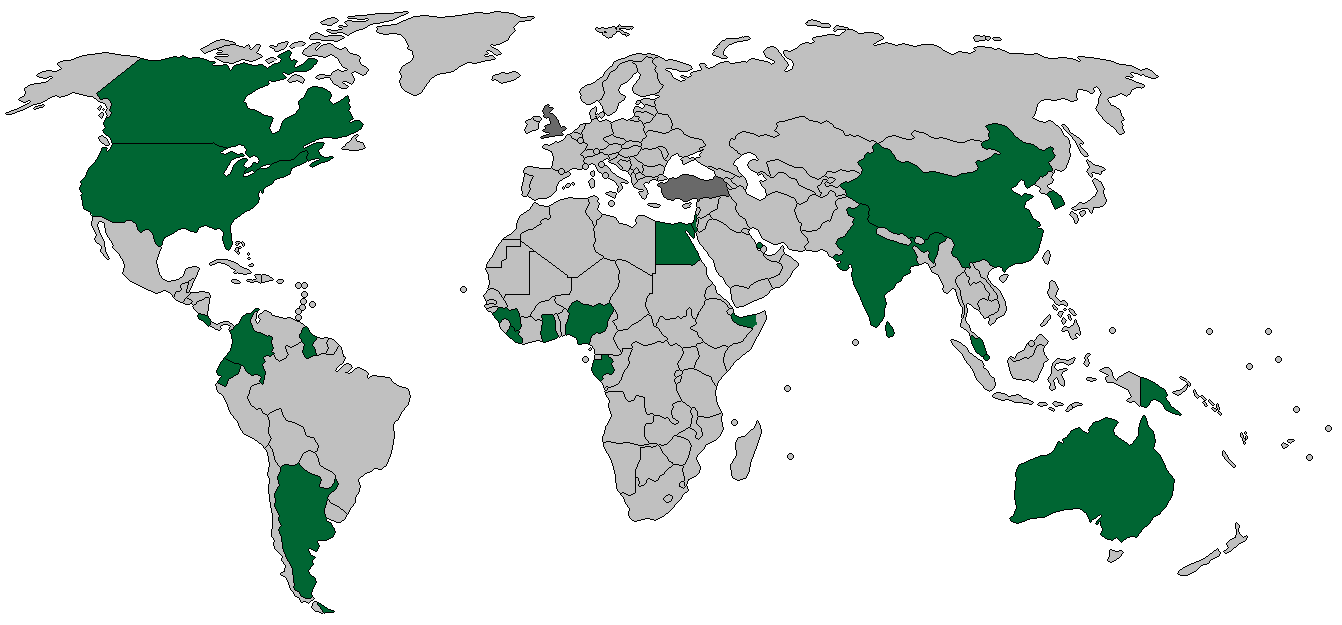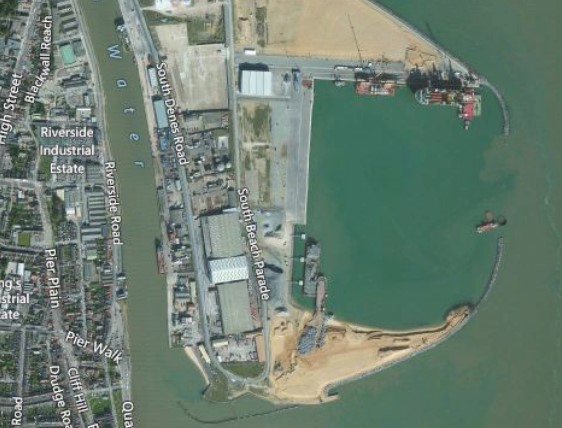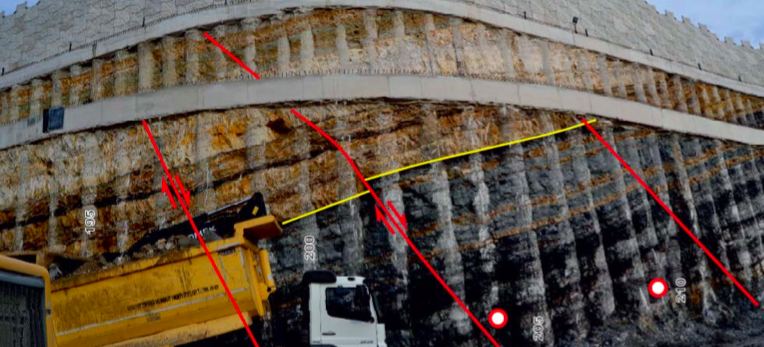London Gateway Port lies on the north bank of the River Thames at Shell Haven occupying 235ha of a former oil refinery site. The location at the mouth of the river Thames is ideally located to serve as a major deep-sea port with six berths on completion and the capacity to handle Ultra-Large Container Ships - recently (June 2020) berthing the world’s largest container ship.
The site lies in an ancient flood plain behind an old flood protection wall with thick soft soils, including layers of peat, and overlying the River Terrace Gravels that support a protected aquifer. The aquifer supplies local water demand and imparted strict construction controls. The port development demanded near-shore reclamation and extensive ground treatment using vertical drains and surcharging as well as locally innovative solutions such as a lightweight tyre bale fill at the rear of one part of the seawall. The seawall itself is a contiguous tied-back piled wall.
The Port is fully automated and incorporates an upgraded rail system with a large new business and logistics park within the site boundary. The development includes the provision of major access roads within the site and a link from the site to the M25 orbital motorway. Geotechnical Studies have been extensive and included close interfaces with Archaeological and Environmental specialists where sample-sharing was a key feature of the early site development. Detailed ground investigations were undertaken along the rail track under the necessary rail procurement rules.



